Author: Christine Skirbunt
250 Years 25 Decades
One Nation in Motion
Decade 21: 1976–1985
America turned 200 – and reflected on its identity.
In 1976, the United States celebrated its Bicentennial, marking 200 years of independence with parades, fireworks, time capsules, tall ships, and nationwide festivities. It was a rare moment of national unity after a bruising era of war, scandal, and protest. The Bicentennial also sparked a boom in historical preservation, interest in genealogy, and a reexamination of whose stories had been left out of the American narrative. It wasn’t just a party: it was a cultural reset.
Tie-in: Bicentennial fashion exploded in red, white, and blue. Flag-patterned skirts, star-spangled bell bottoms, and colonial revival dresses were everywhere. Even Barbie got a Bicentennial outfit!
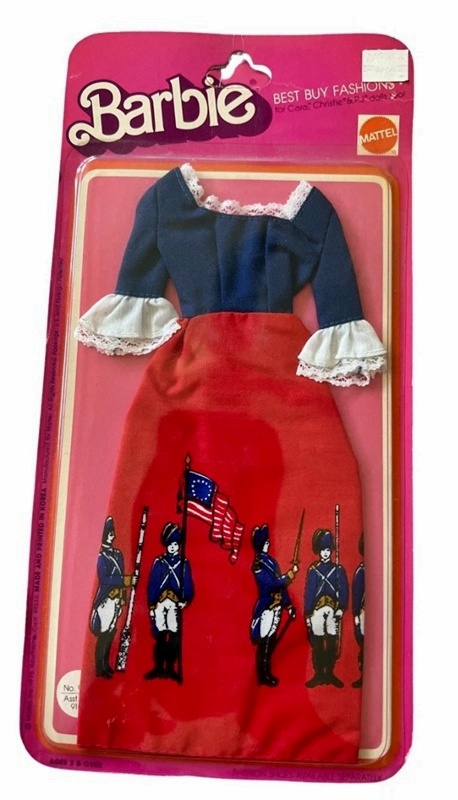
Factoid: The personal computer entered American homes.
In 1981, IBM released its first personal computer, kicking off the PC revolution. By the mid-’80s, computers were finding their way into schools, businesses, and eventually living rooms – laying the groundwork for the digital age.
Decade 22: 1986–1995
The Cold War ended – and the world held its breath.
After decades of tension, nuclear fear, and proxy wars, the Cold War came to a symbolic end in 1989 with the fall of the Berlin Wall. Just two years later, in 1991, the Soviet Union collapsed, ending the global standoff that had shaped American life since WWII. The U.S. emerged as the world’s sole superpower, but not without growing pains. The Gulf War, economic shifts, and a changing world order left Americans wondering what role they would play in a new era of globalization, technology, and post-Cold War identity.

Tie-in: In American fashion, power suits ruled the boardroom, but grunge ruled the street. The early ‘90s blurred fashion lines – Doc Martens boots and flannel shirts met shoulder pads and neon windbreakers. It was a time of big contrasts and expressive rebellion.
Factoid: The internet went public.
In 1991, the World Wide Web was opened to the public. By 1993, web browsers like Mosaic made it easier to surf, and by 1995, companies like AOL and Yahoo! were starting to shape a digital frontier. America was officially online.
Decade 23: 1996–2005
September 11, 2001 changed everything.
On the morning of September 11, 2001, America was shaken by the deadliest terrorist attack in its history. Four planes were hijacked by members of al-Qaeda; two struck the World Trade Center in New York City, one hit the Pentagon in Washington DC, and one crashed in an open field in Shanksville, Pennsylvania after its passengers fought back. Nearly 3,000 people died, and the world watched in horror. In response, the U.S. launched the War on Terror, leading to the invasion of Afghanistan and later Iraq. The attacks redefined national security, foreign policy, and American life in deeply lasting ways.

Tie-in: After 9/11, Americans returned to visual patriotism: flag pins on men’s jacket lapels, red-white-and-blue fashion, and “United We Stand” slogans became common sights. American flags lined suburban neighborhood streets in a unity of country over party that has sadly not been seen since.
Factoid: Social media quietly began.
In 2004, a site called Facebook was launched just for Harvard students. By 2005, it began opening to the public. Alongside MySpace, LiveJournal, and early blogs, a whole new way of connecting, sharing, and influencing was born. People were connecting like never before.
Decade 24: 2006–2015
America elected its first Black president – and a generation found its voice.
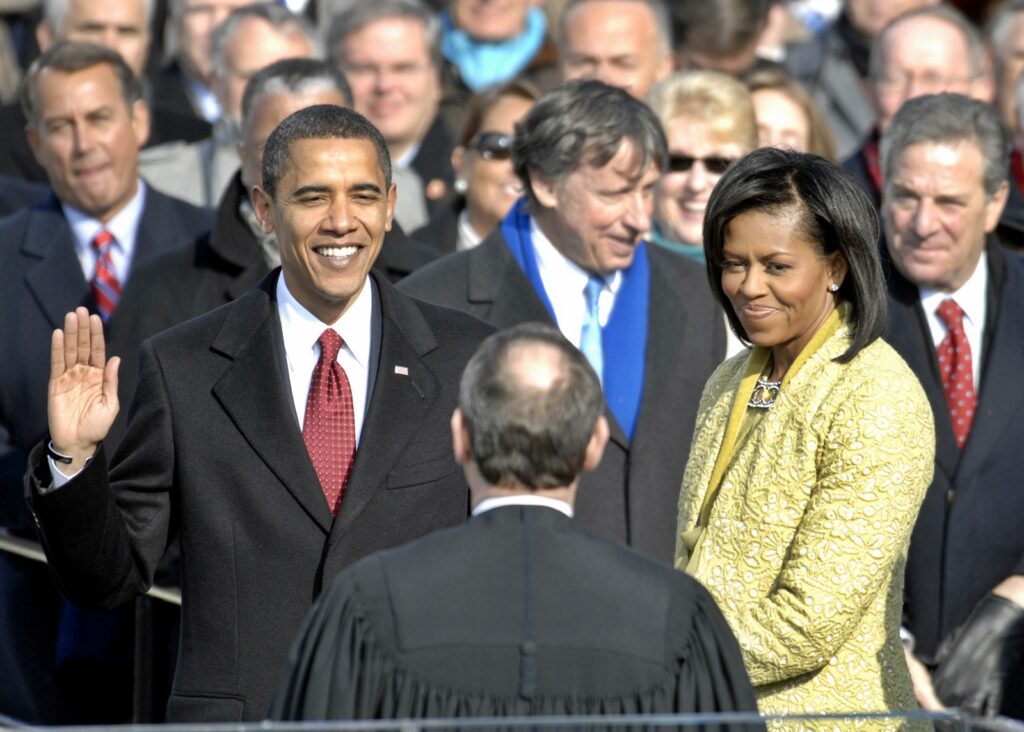
In 2008, Barack Obama was elected the 44th President of the United States, making history as the first African American to hold the office. His campaign centered around hope, change, and inclusion that mobilized millions of young voters. His victory speech in Chicago echoed civil rights language and generational optimism. He was re-elected in 2012, and his presidency saw major milestones, including the passage of the Affordable Care Act, the legalization of same-sex marriage (via the 2015 Supreme Court ruling), and the growing use of social media in politics.
Tie-in: The late 2000s and early 2010s saw the rise of statement fashion: pink hats at women’s marches, #BlackLivesMatter shirts, rainbow accessories, and slogan tees that turned otherwise ordinary clothing into activism. Style became protest, pride, and platform.
Factoid: Marriage equality became the law of the land.
In June 2015, the Supreme Court ruled in Obergefell v. Hodges that same-sex couples had the right to marry in all 50 states. Crowds gathered outside the Court waving rainbow flags and held signs that read, “Love Wins.”
Decade 25: 2016–2025
A pandemic paused the world – and forced America to look inward.

In 2020, the COVID-19 pandemic swept across the globe, claiming over a million lives in the U.S. alone – more than any other country in the world. It upended every corner of daily life. Schools closed, streets emptied, and hospitals overflowed. Essential workers became heroes, masks became mandatory, and “normal” was redefined. At the same time, the murder of George Floyd sparked global protests and renewed demands for racial justice. Americans confronted deep inequalities in health care, economics, and policing while also witnessing extraordinary acts of compassion, creativity, and community. It was a collective trauma – and a collective turning point.
Tie-in: The era gave rise to muted wardrobes with bold meaning, protest slogans, rainbow lights in windows, “I Voted” selfies, and home-sewn face masks. Fashion slowed down, became intentional, and often personal.
Factoid: NASA put the stars in sharper focus again.
In 2022, the James Webb Space Telescope released its first images, capturing light from billions of years ago and giving humanity the clearest view yet of the universe’s past – reminding us that wonder still exists, even in dark times.
Conclusion
From the thunder of revolution to the silence of a pandemic lockdown, these 250 years hold multitudes of history for America. The people who built this country – famous and forgotten, powerful and powerless – left behind a legacy as layered, resilient, and contradictory as America itself can sometimes be.
But this journey through the decades reminds us that history doesn’t just live in school textbooks. It lives in the clothes we wore, the streets we marched, the flags we flew, and the dreams we still fight for. It lives in each of us.
As we step into the next chapter and we, as a nation, turn 250, may we do so with eyes wide open, hearts compassionately engaged, and hands ready to shape what comes next, just as every generation before us has done. Let us not be the undoing of the Great American Experiment but its continuation and its renewal.
We’ve inherited this amazing story of Democracy. Now we must decide how to carry it forward.
Images Sources:
- 1976 Barbie Doll Bicentennial Clothing: https://www.ebay.com/itm/305068325443
- East German Police Sprayed Water on West Germans as They Broke Through the Wall: https://www.nytimes.com/2019/11/09/world/berlin-wall-photos-30-year-anniversary.html
- Americans Became More Visibly Patriotic After 9/11: ChatGPT
- President Obama’s 2008 Swearing In: https://en.wikipedia.org/wiki/First_inauguration_of_Barack_Obama
- Homemade Cloth Face Masks Early in the 2020 Pandemic: https://www.aarp.org/health/conditions-treatments/making-cloth-face-masks/


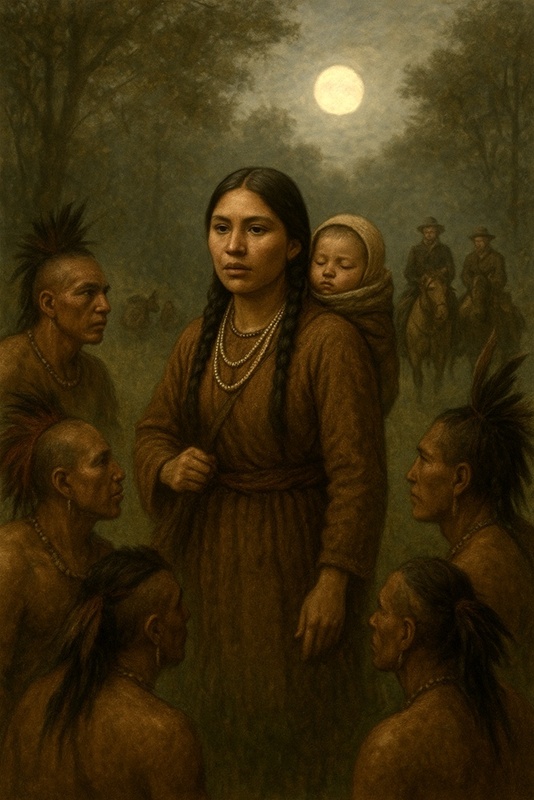
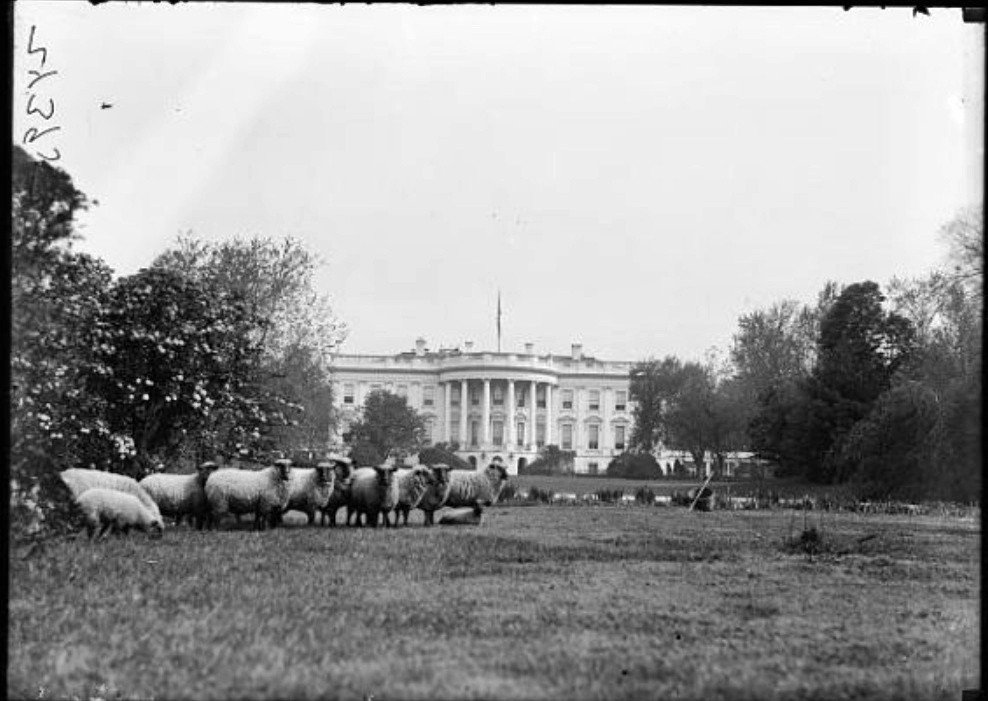
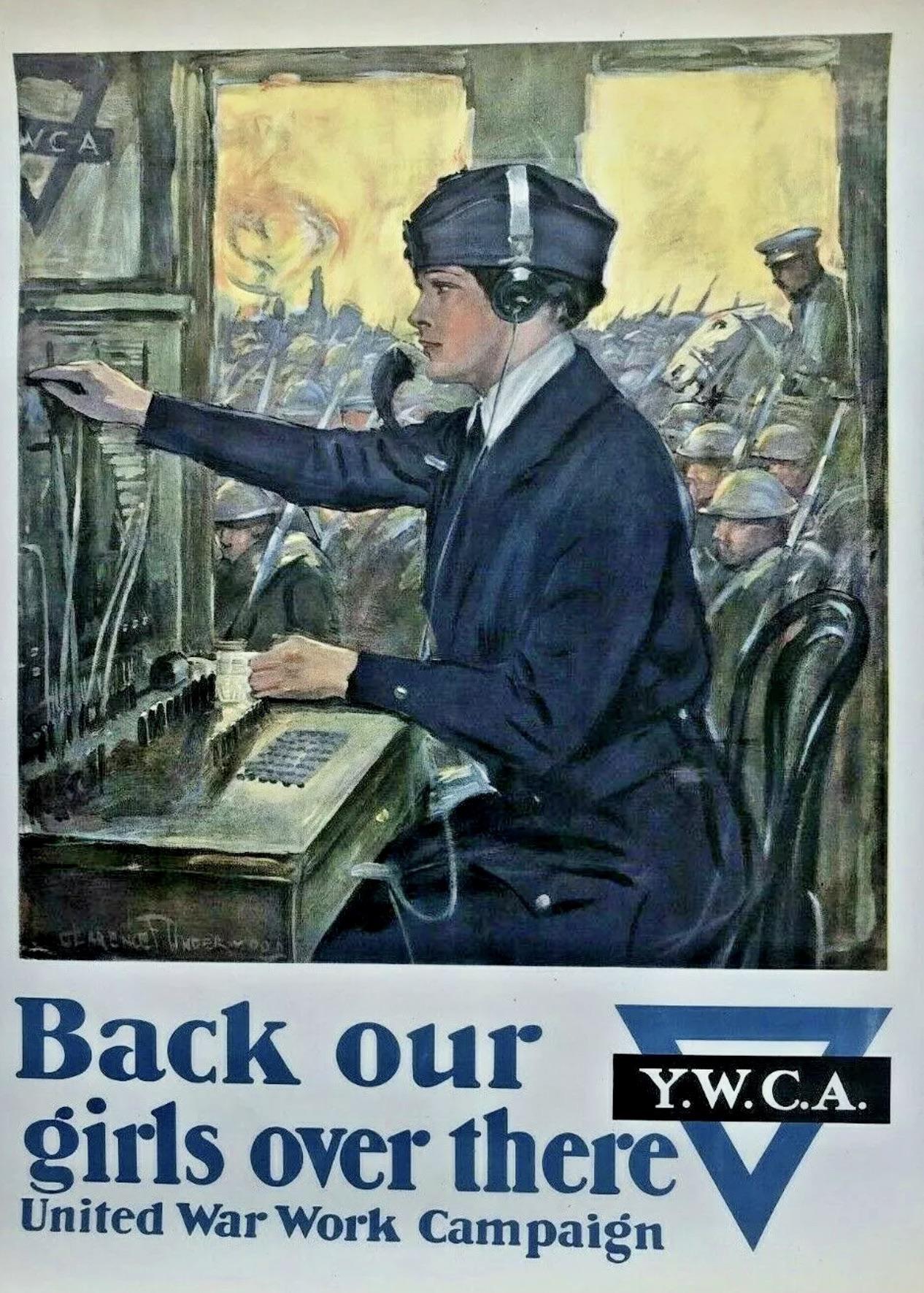

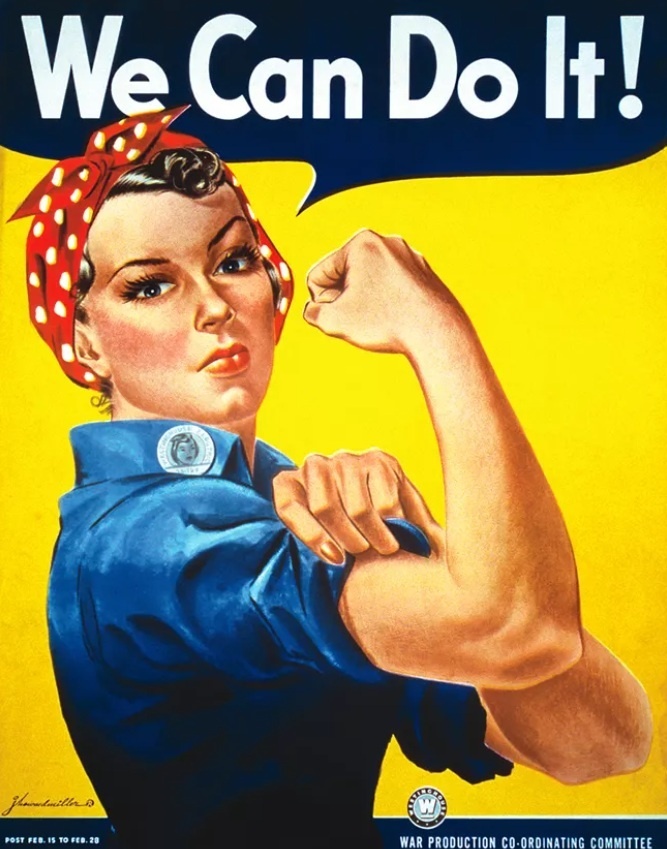
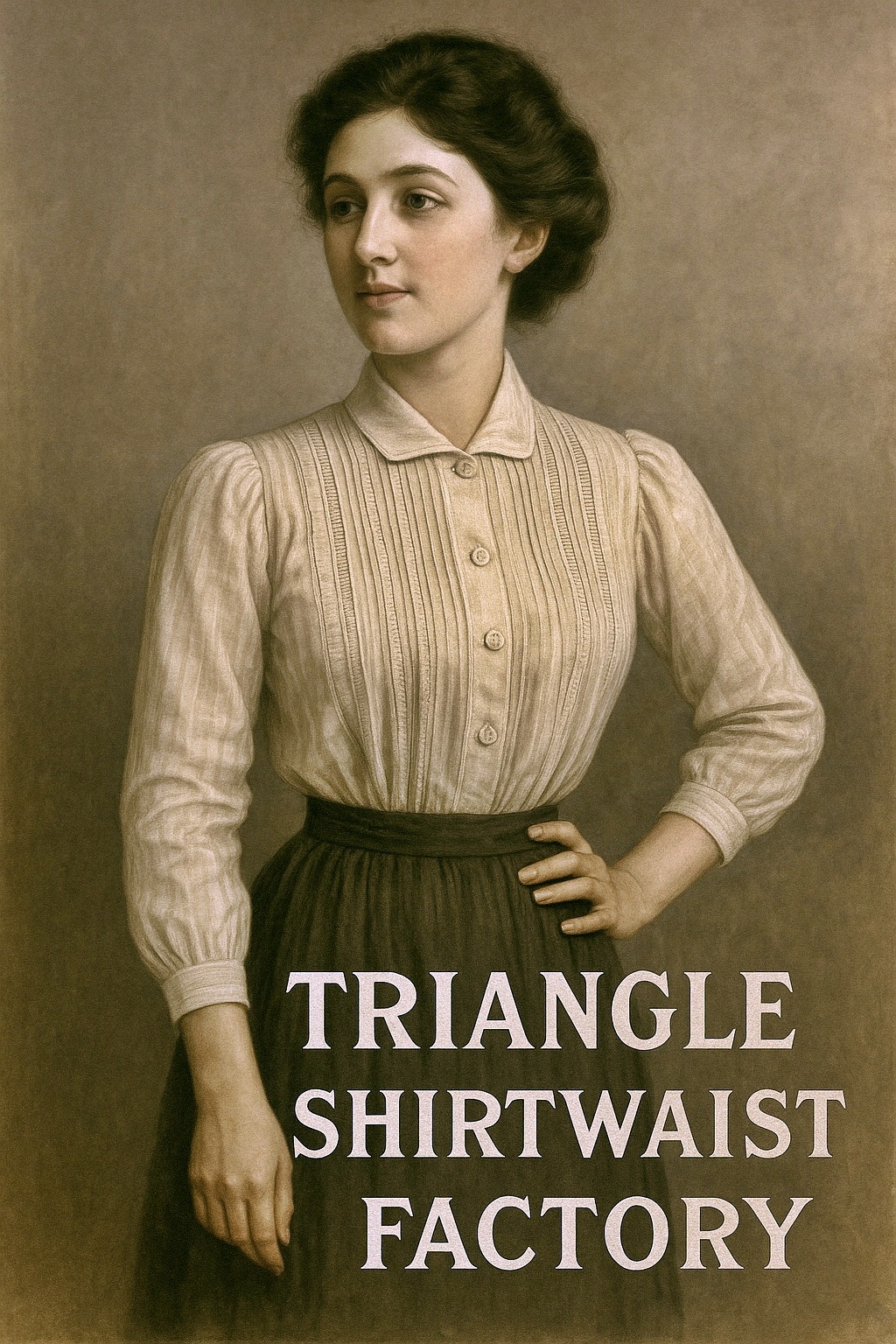
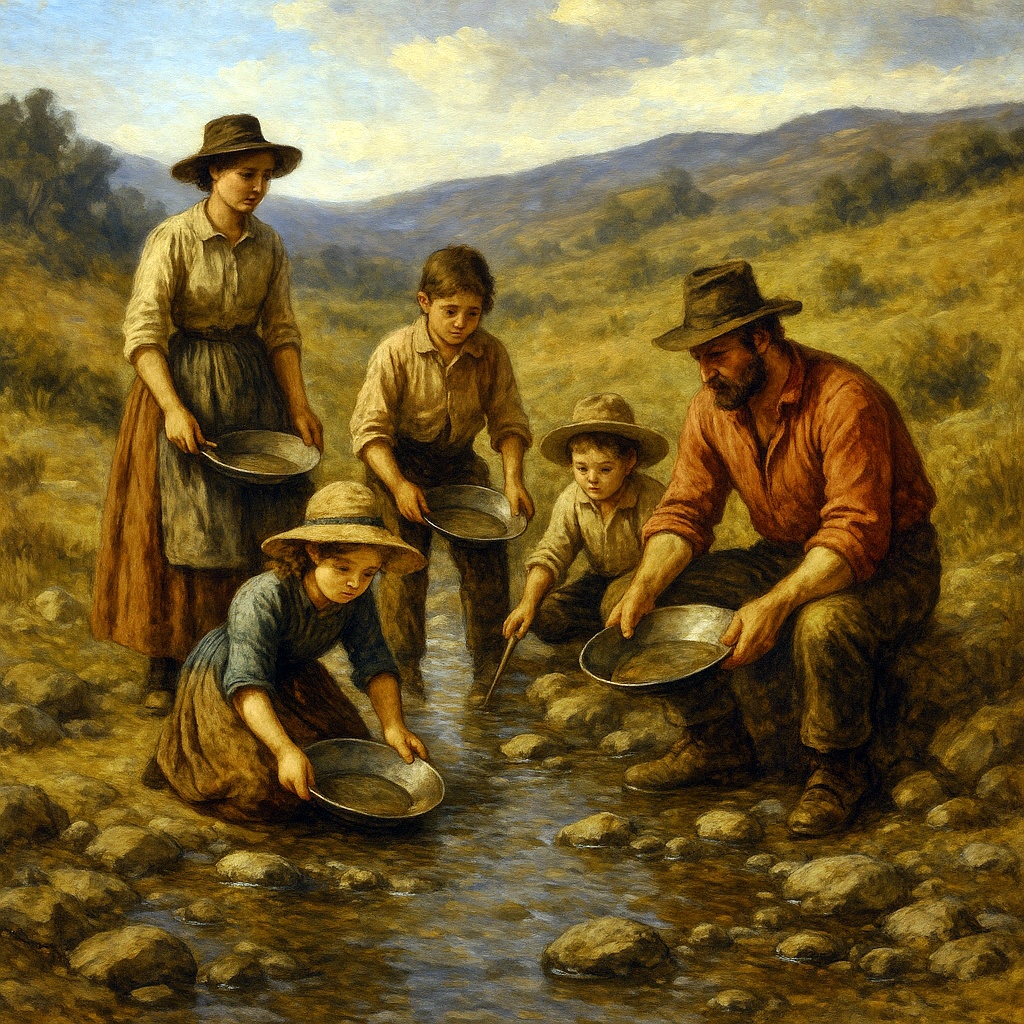
Leave A Comment